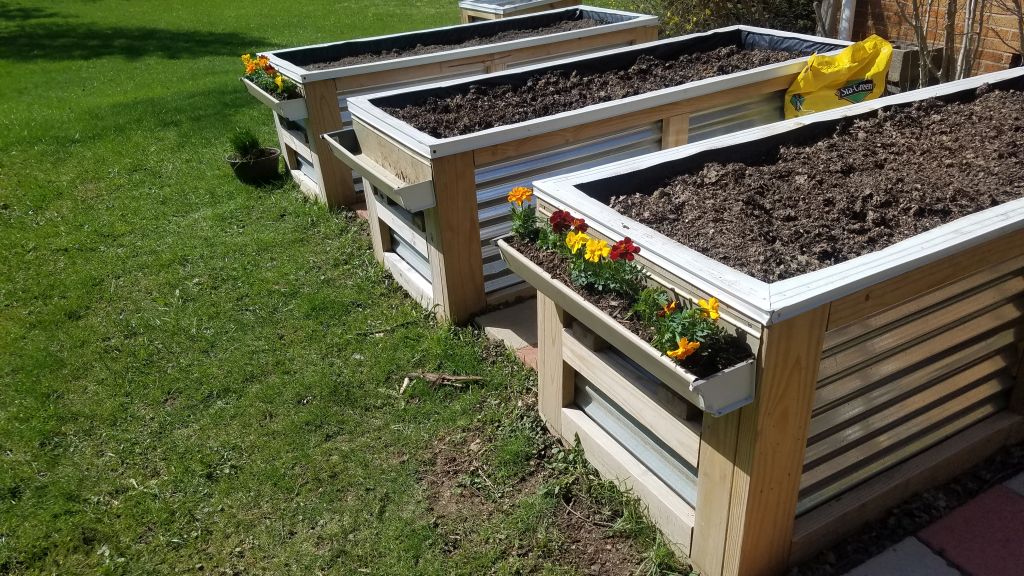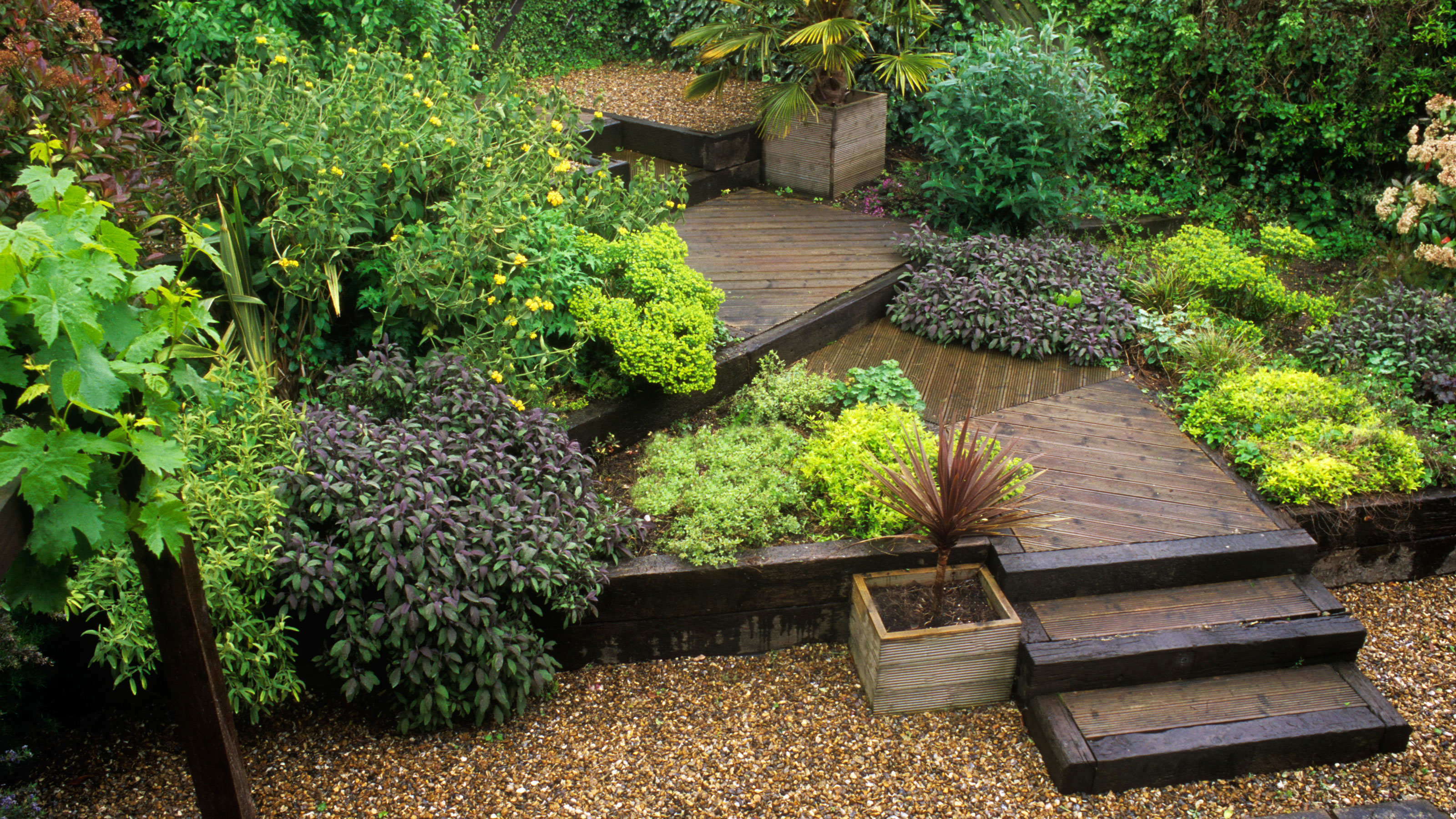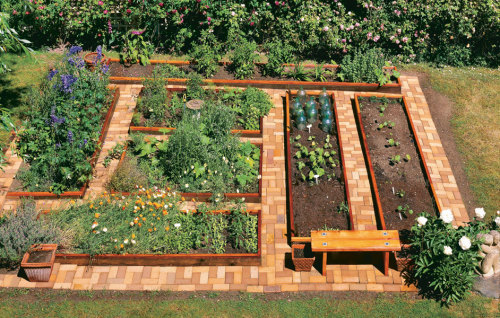Low Garden Beds: The Easy Way To Grow Vegetables
Low Garden Beds: The Easy Way to Grow Vegetables
Do you want to grow your own vegetables, but don't have a lot of space? Or maybe you have poor soil or compacted ground that makes it difficult to grow vegetables. If so, a low garden bed may be the perfect solution for you.
Low garden beds are raised beds that are typically only 12-18 inches high. This makes them easy to access, even for people with limited mobility. They also allow you to grow vegetables in areas where the soil is poor or compacted, as the raised bed provides a better environment for root growth.
In addition to being easy to access and grow in, low garden beds also have a number of other benefits. They:
- Improve drainage
- Retain moisture
- Maximize sunlight exposure
- Make it easier to weed and control pests
- Are more attractive than traditional gardens
If you're thinking about starting a low garden bed, there are a few things you need to do first.
1. Choose a location.
Low garden beds can be placed in any sunny spot in your yard. However, if you have poor soil or compacted ground, you may want to choose a location that is slightly elevated. This will help to improve drainage and prevent the soil from becoming waterlogged.
2. Prepare the soil.
The soil in your low garden bed should be loose and well-draining. If your soil is poor, you may need to add some compost or other organic matter to improve its quality. You can also test the pH of your soil to make sure it is in the correct range for the vegetables you want to grow.
3. Build the bed.
There are many different ways to build a low garden bed. You can use wood, bricks, or even concrete blocks. The size of your bed will depend on the amount of space you have available and the number of vegetables you want to grow.
4. Fill the bed with soil.
Once your bed is built, you need to fill it with soil. You can use a mixture of topsoil, compost, and sand. The exact ratio of these ingredients will depend on your soil type.
5. Plant your vegetables.
Once your bed is filled with soil, you can start planting your vegetables. Be sure to follow the planting instructions for each type of vegetable.
6. Water and care for your plants.
Low garden beds need to be watered regularly, especially during hot, dry weather. You should also fertilize your plants every few weeks.
7. Harvest your vegetables.
When your vegetables are ready to harvest, simply pick them and enjoy!
Are you looking for a way to add some beauty and functionality to your garden without having to bend or kneel? If so, a low garden bed may be the perfect solution for you. Low garden beds are typically no more than 18 inches high, making them easy to access for people of all ages and abilities. They are also a great option for those with limited mobility.
There are many different ways to build a low garden bed. You can use wood, brick, concrete, or even recycled materials. Once you have built your bed, you will need to fill it with soil. Be sure to use a high-quality potting mix that is designed for vegetable gardens.
Low garden beds are perfect for growing a variety of vegetables, herbs, and flowers. They are also a great way to grow plants that require shallow roots, such as strawberries and tomatoes.
If you are interested in learning more about low garden beds, I encourage you to visit Garden Wiki. This website has a wealth of information on the topic, including articles, videos, and even a step-by-step guide to building your own low garden bed.
FAQ of low garden bed
1. What is a low garden bed?
A low garden bed is a raised garden bed that is typically no more than 18 inches high. This makes it easier for people of all ages and abilities to garden, as they do not have to bend or stoop as much. Low garden beds can also be a good option for people with limited mobility.
2. What are the benefits of using a low garden bed?
There are many benefits to using a low garden bed, including:
- Easier access for people of all ages and abilities
- Reduced risk of back pain
- Increased drainage
- Improved soil aeration
- Reduced weed growth
- Easier to maintain
3. What are the disadvantages of using a low garden bed?
There are a few potential disadvantages to using a low garden bed, including:
- They may not be as productive as traditional raised garden beds
- They may not be as effective at keeping out pests and diseases
- They may require more frequent watering
4. How do I build a low garden bed?
There are many different ways to build a low garden bed. One simple method is to use wooden planks or bricks to create a frame. You can then fill the bed with soil and compost.
5. What plants are good for low garden beds?
There are many different plants that can be grown in low garden beds. Some good options include:
- Vegetables: tomatoes, peppers, cucumbers, lettuce, carrots, onions
- Herbs: basil, oregano, thyme, rosemary, mint
- Flowers: marigolds, petunias, pansies, sunflowers
Image of low garden bed
- A low garden bed made from wood pallets. This is a simple and inexpensive way to create a low garden bed. The pallets can be stacked on top of each other to create the desired height.

- A low garden bed made from cinder blocks. This is another easy and affordable option for creating a low garden bed. Cinder blocks can be stacked to create the desired height, and then the gaps between the blocks can be filled with soil.

- A low garden bed made from railroad ties. This is a more durable option for a low garden bed. Railroad ties can be stacked to create the desired height, and then the gaps between the ties can be filled with soil.

- A low garden bed made from bricks. This is a classic option for a low garden bed. Bricks can be stacked to create the desired height, and then the gaps between the bricks can be filled with soil.

- A low garden bed made from stone. This is a more luxurious option for a low garden bed. Stone can be used to create a raised bed that is both beautiful and durable.

Post a Comment for "Low Garden Beds: The Easy Way To Grow Vegetables"